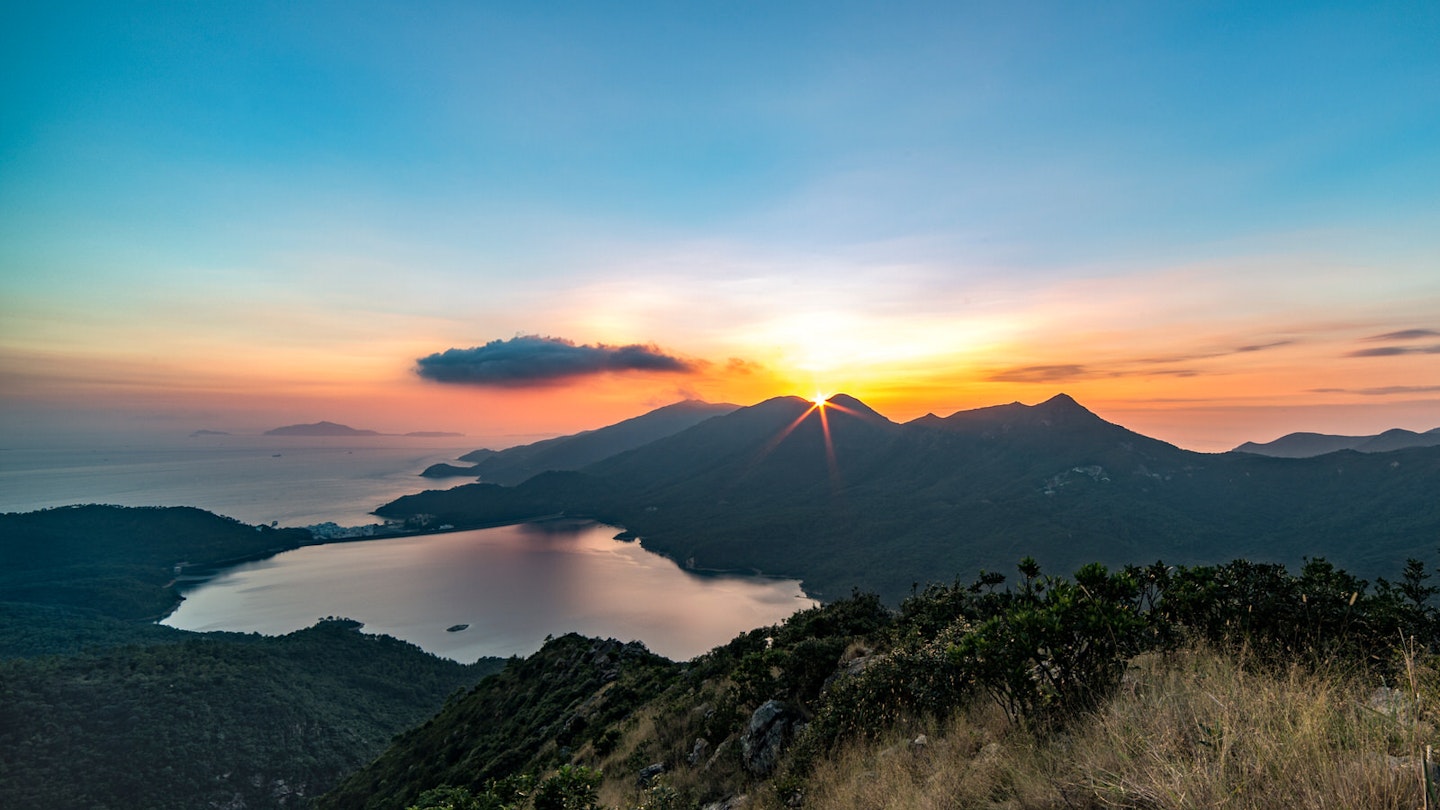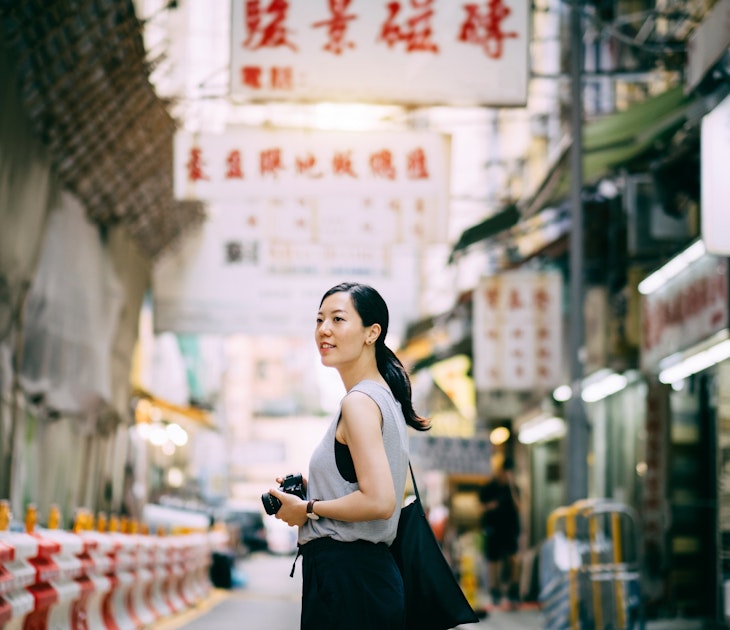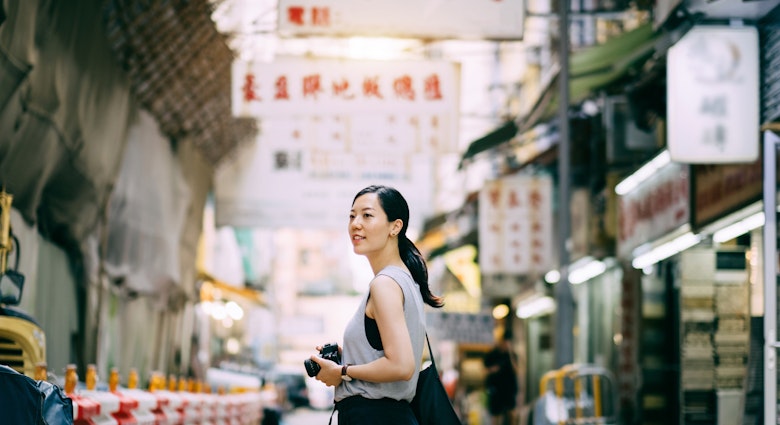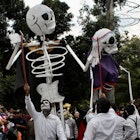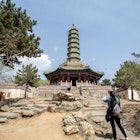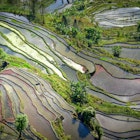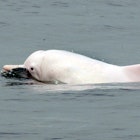Many visitors to Hong Kong only experience Lantau Island on the way elsewhere – touching down at Hong Kong International Airport, built on reclaimed land just off the island’s north coast, before swiftly jumping into a taxi or onto the MRT and straight over to Hong Kong Island and Kowloon.
Some might venture back for a visit to Disneyland or to ride the cable car up to the big bronze Buddha, perched on the island’s Ngong Ping hill, but most remain oblivious to what lies beyond these major sites.

Those who desire to know whether Hong Kong has a quieter side, however, would do well to take time to explore the city’s largest island and discover that there’s more to lovely Lantau than they might expect.
Lantau's intriguing history
There have long been humans living on Lantau, as evidenced by the discovery of Bronze Age rock carvings and a Neolithic stone circle. Located in the eastern outlet of the Pearl River estuary, and a natural meeting point for water-going vessels, over the centuries Lantau became an important place for trade, shipping and fishing.
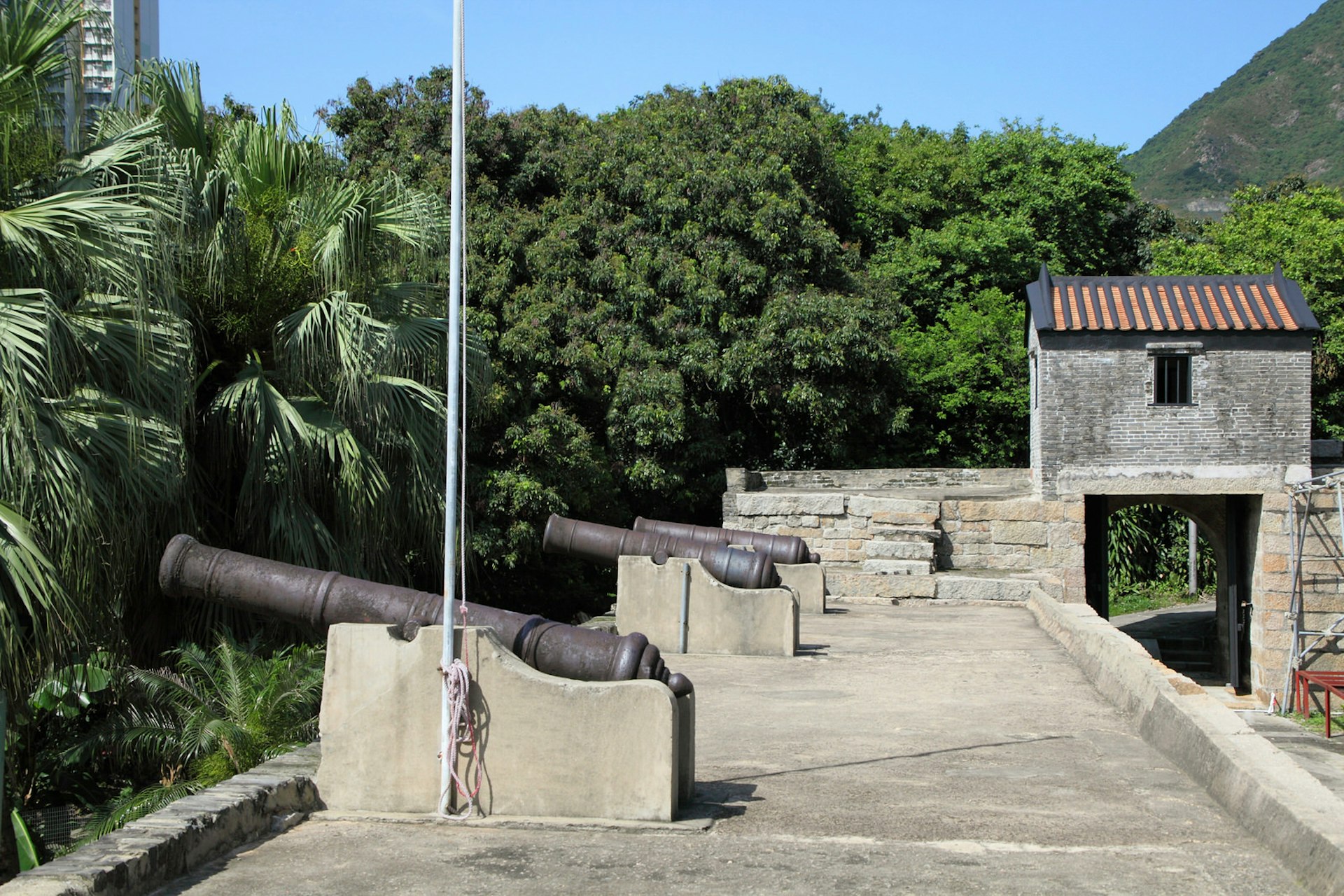
During the Qing dynasty (1644–1912), pirates and opium smugglers plagued the island and fortifications were built to protect shipping in the nearby waters. Fan Lau Fort, at Lantau’s very southwestern tip, is the oldest fort in Hong Kong, while Tung Chung Fort was built in 1832 to house Chinese troops. In the 19th century, Lantau was one of the haunts of Cheung Po Tsai, a famous Chinese pirate who later became a captain in the Qing imperial navy.
A breath of fresh air
Lantau is often called the ‘lungs of Hong Kong’ thanks to the indigenous forest covering its mountainous terrain. More than half of Lantau is designated as protected country park, and with some areas only accessible on foot, it is a haven for wildlife and plants. Thanks to the varied habitats – from mountain slopes to thick forests and rocky coasts – you might come across muntjac deer, tree squirrels, snakes and sea eagles, as well as a few of the feral water buffalo that roam the island’s wetlands.
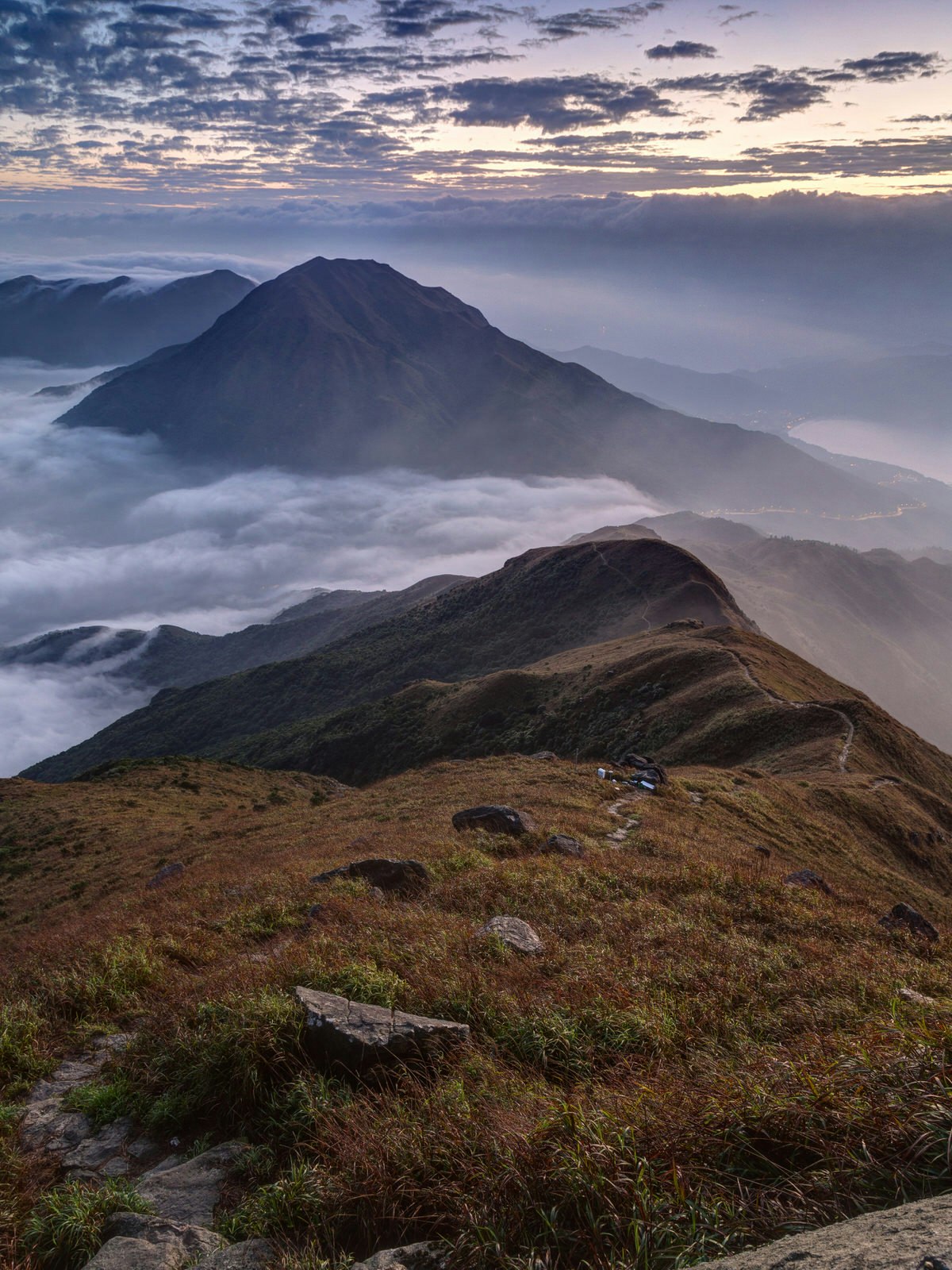
If you’re really lucky, you might also spot pink dolphins – actually confusingly named Chinese White Dolphins – off the island’s west coast, although sadly due to construction projects, like Hong Kong’s airport and the enormous sea bridge connecting Hong Kong to Macau, these are becoming an increasingly rare sight.
Village life
In contrast to the claustrophobic residential areas of Hong Kong Island and Kowloon, there are relatively few people living in the small towns and villages scattered across Lantau.
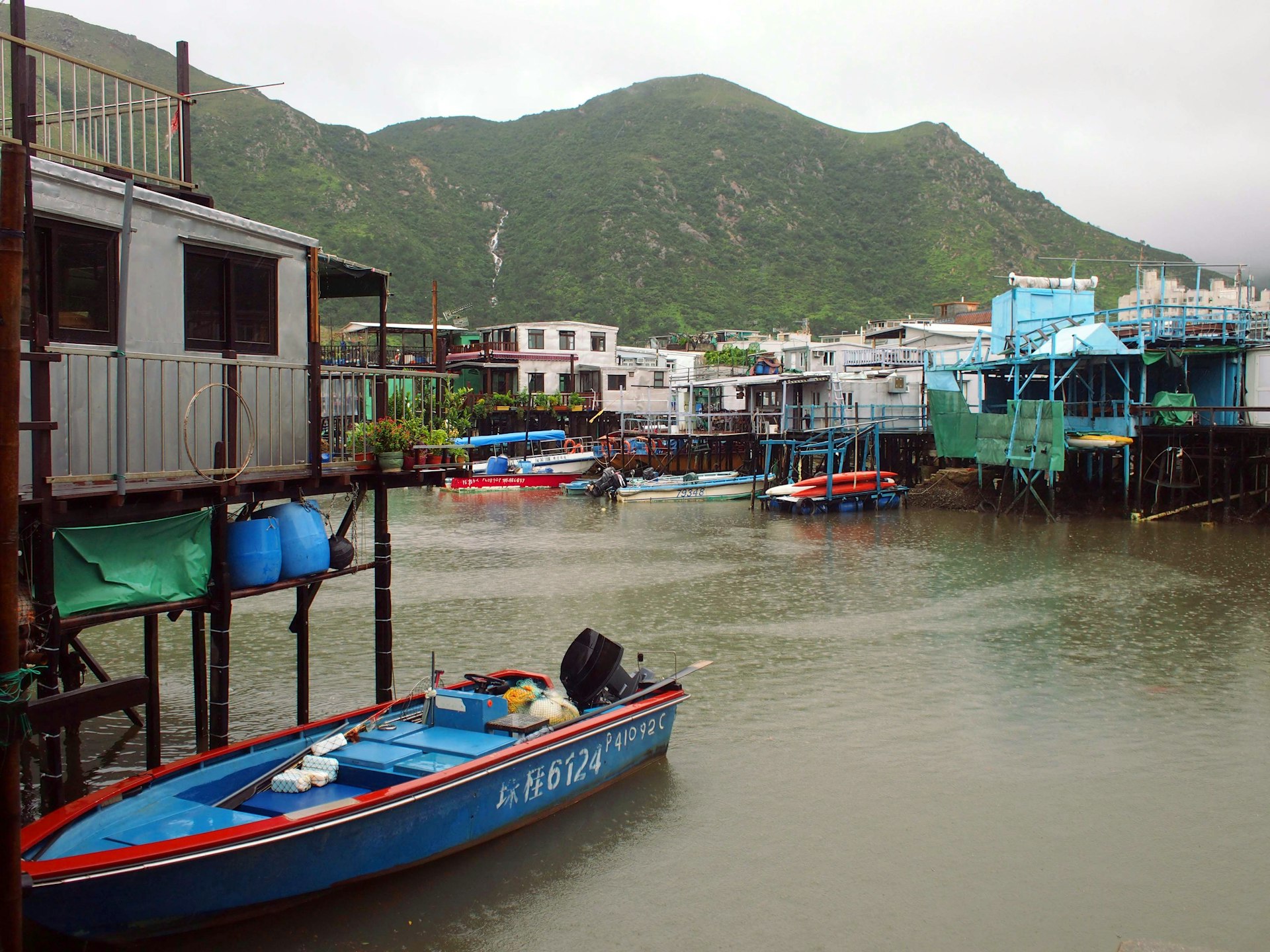
The relaxed town of Mui Wo, on Lantau's east coast, makes a fantastic base for exploring the island. Located in Silvermine Bay, so named for the silver mines that once worked along the river that flows through the village, Mui Wo is sandwiched between a beautiful stretch of beach and towering green mountains crossed by hiking trails. Quaint backstreets hide traditional low-rise houses and local restaurants, while the newly renovated waterfront promenade is home to a host of excellent restaurants, including the Mui Wo Cooked Food Centre, which specialises in locally caught seafood.
On the island’s opposite coast, Tai O fishing village is famous for its stilt houses, built above a network of waterways. Once fishermens' homes, they are now mostly empty and the area retains a quiet, run-down feel. In the village centre, residents make a living selling traditional salted fish and shrimp paste, or taking tourists out to sea or along the river in their boats. Tai O was also once at the centre of salt production in the area, but this industry, too, has dwindled. The former saltpans are now great for bird spotting, with egrets and herons in abundance.
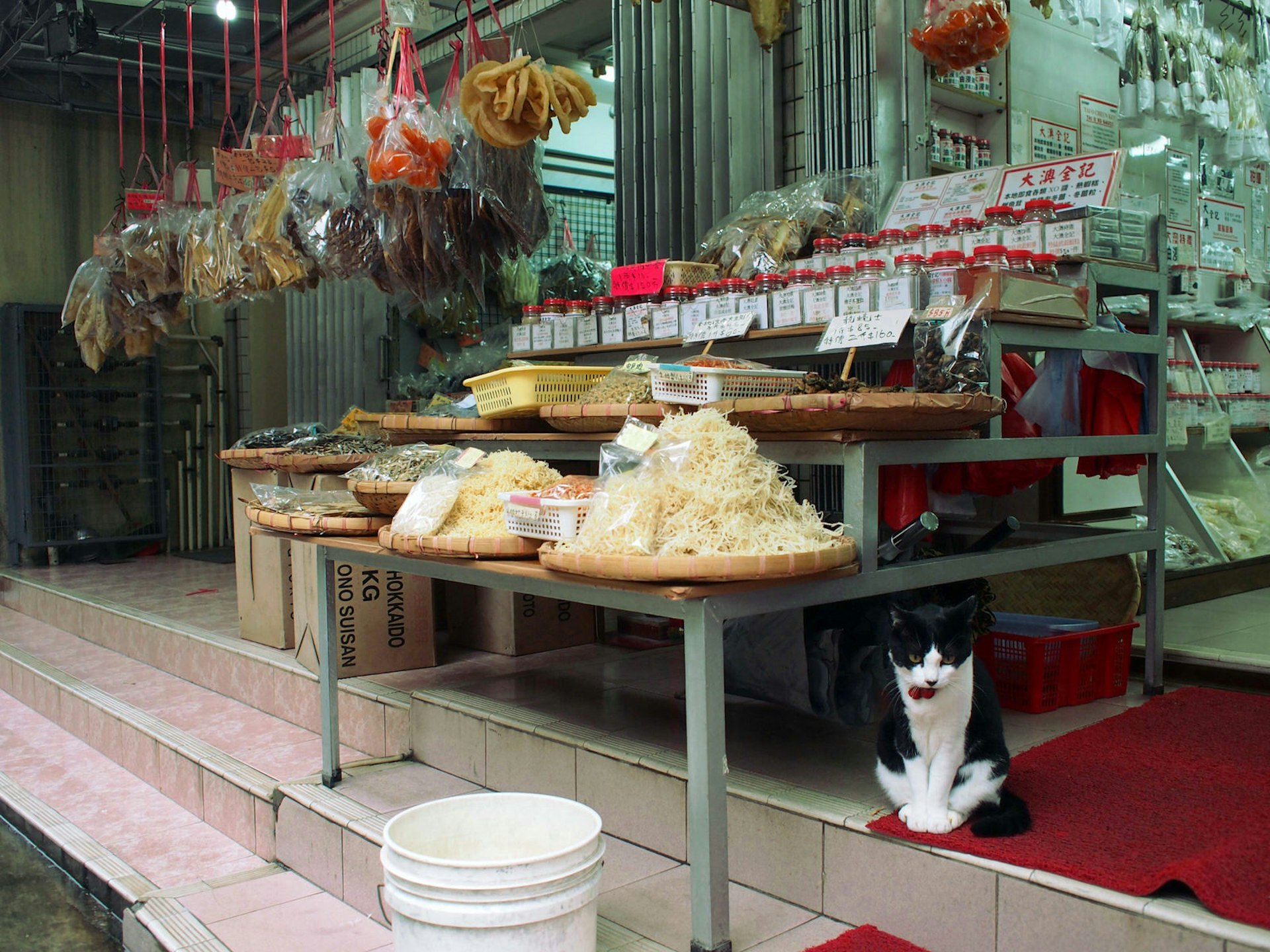
A short walk out up the coast takes you to the Tai O Heritage Hotel, an elegant British colonial throwback. Commanding uninterrupted views of the South China Sea, it was built in 1902 as a police station to guard against bandits and some of the original cannons remain scattered around the grounds.
Other villages around Lantau include Tong Fuk and Pui O nestled in bays along the island’s south coast.
Work up a sweat
Lantau is criss-crossed by dozens of hiking trails. The 70km Lantau Trail spans almost the entire length of the island, scaling its two mountains – 800-metre-high Sunset Peak and 934-metre-high Lantau Peak. With campsites dotted along the trail, it is an epic and strenuous way to immerse yourself in the island’s countryside. The trail is divided into 12 more manageable sections, with most accessible by bus from Mui Wo.

There are countless other trails all over the island that navigate through run-down settlements and past secluded coves, and offer breathtaking views of the sea and islands beyond Lantau. Excellent hiking maps, produced by the Survey and Mapping Office, are available to buy at locations across the city.
Designated mountain biking trails offer a way to see Lantau on two wheels. Trail maps can be found on the Agriculture, Fisheries and Conservation Department’s website, while Friendly Bicycle Shop by the ferry port at Mui Wo is an amiable source of information on cycling around Lantau.
Rest and relaxation
Lantau is home to some of Hong Kong’s best beaches. Secluded Chueng Sha beach is a picturesque sweep of white sand fringed by forested peaks. One of the longest stretches of beach in Hong Kong, it is divided in two, the first cove popular with families and sun worshippers thanks to its small collection of beachside restaurants and bars, as well as its safe swimming waters. The beach in the second cove is quieter, more remote, and leads to Tong Fuk, another beautiful stretch of almost-empty beach.
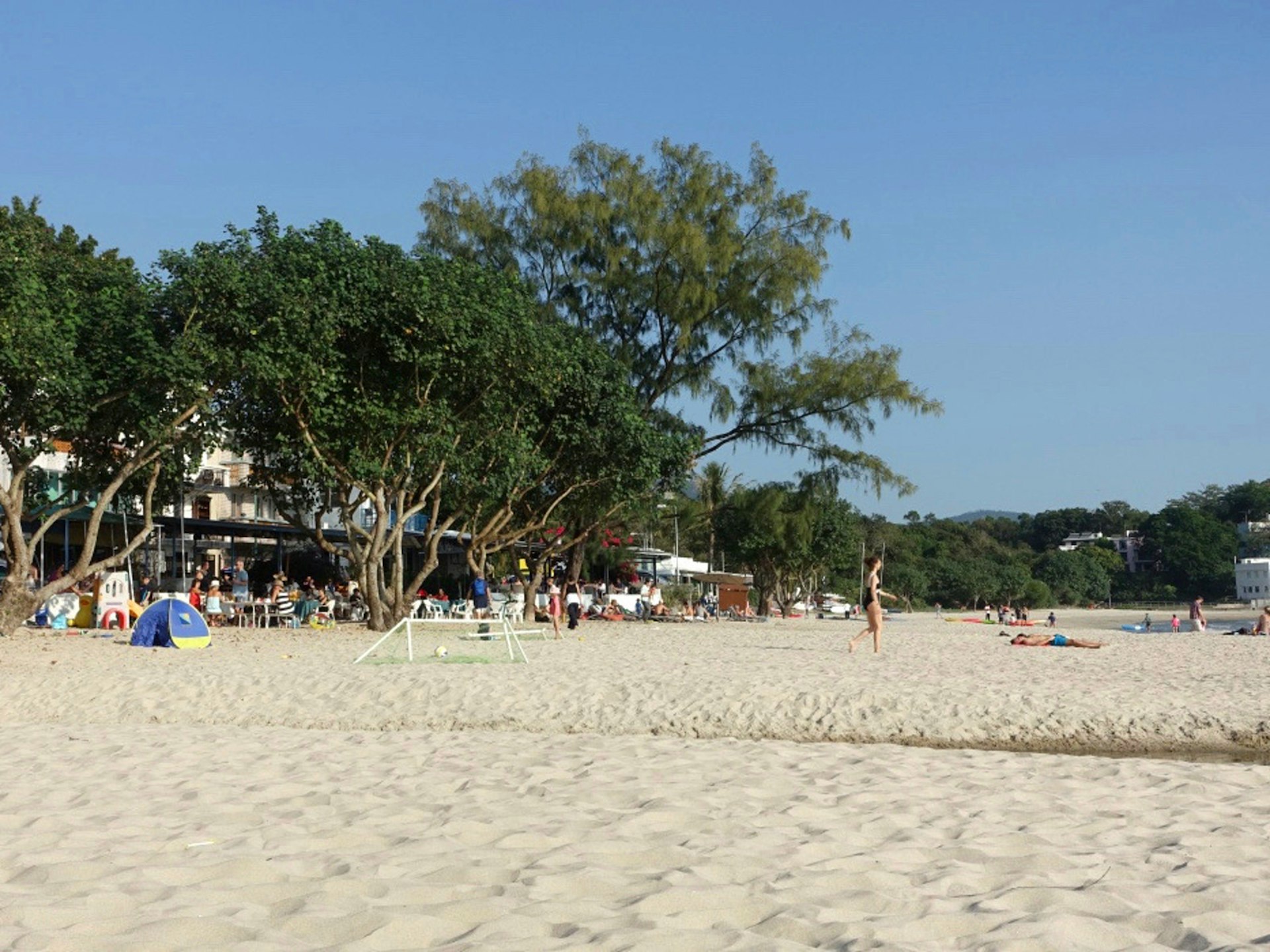
Pui O's beach has facilities for wild camping and one of Hong Kong’s main breaks for surfing. The sheltered bay’s gentle waves make it the perfect place for beginners hoping to catch some waves, while beach bar Mavericks offers food and drink alongside a small skate park.
Make it happen
There are relatively few hotels on Lantau, but an ever-increasing number of locals are renting their homes out. Camping is also an option, with a number of sites dotted around the island. Alternatively, stay over on Hong Kong Island and get the ferry across to Mui Wo for a day of exploring what Lantau has to offer.
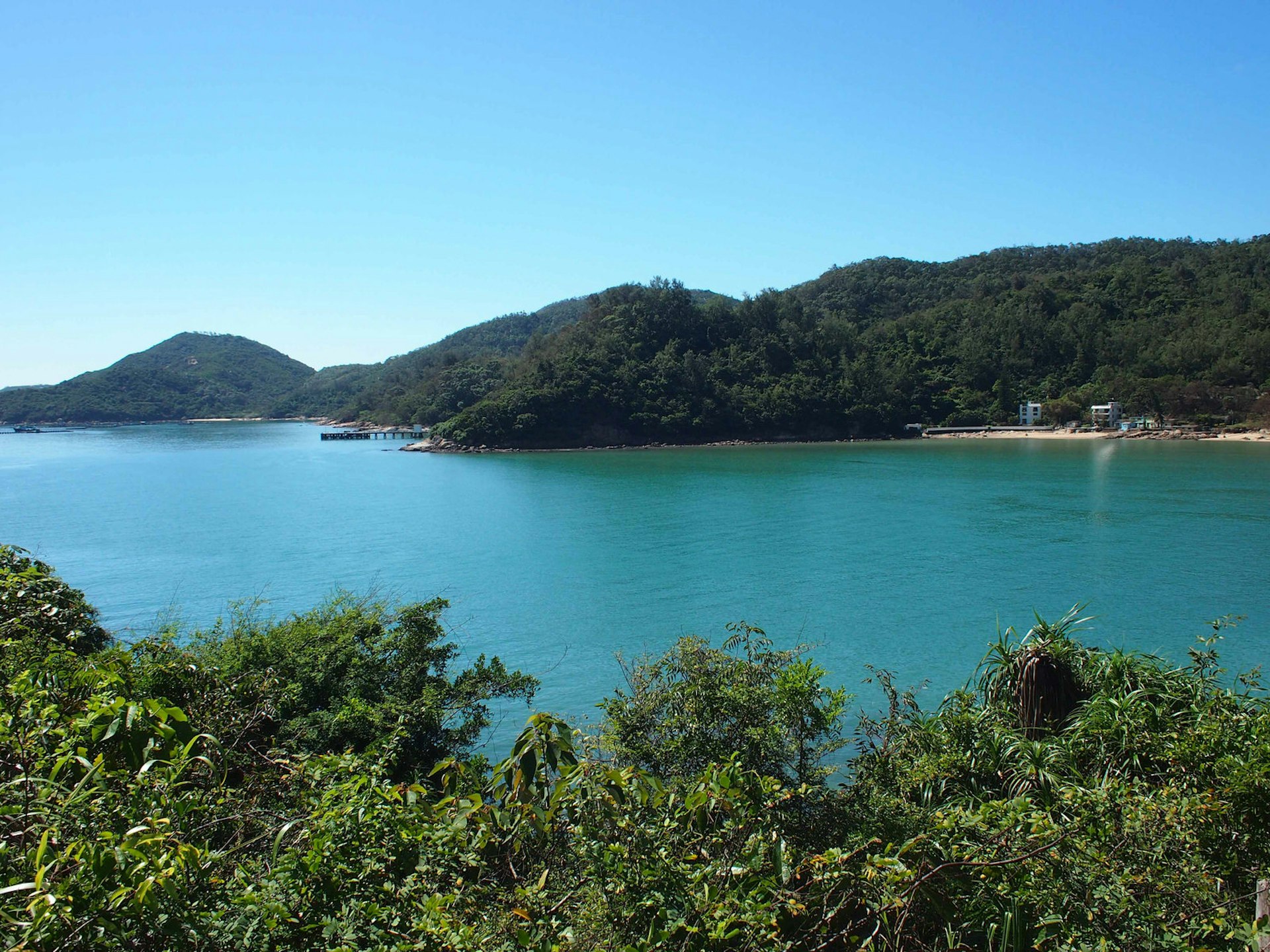
It’s fairly easy to get around, with blue Lantau taxis readily available at the airport and to book by phone. Most of the island’s bus lines, which service the major sites, run to and from Mui Wo’s bus station, located outside the ferry port.
